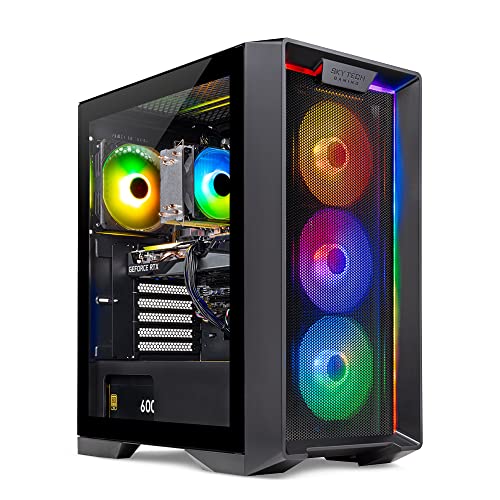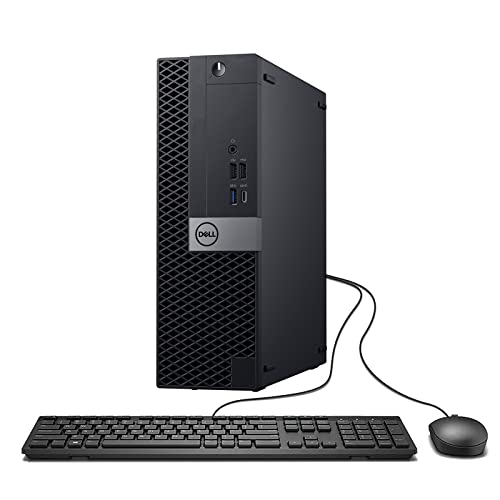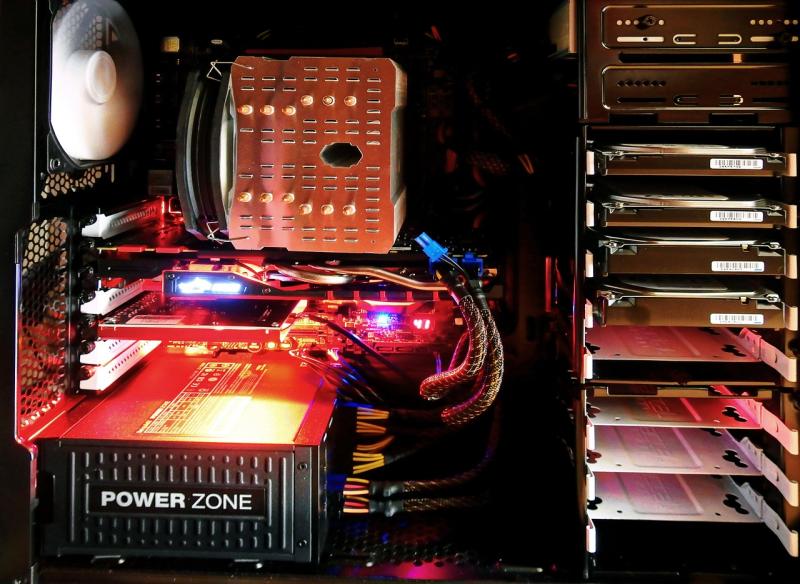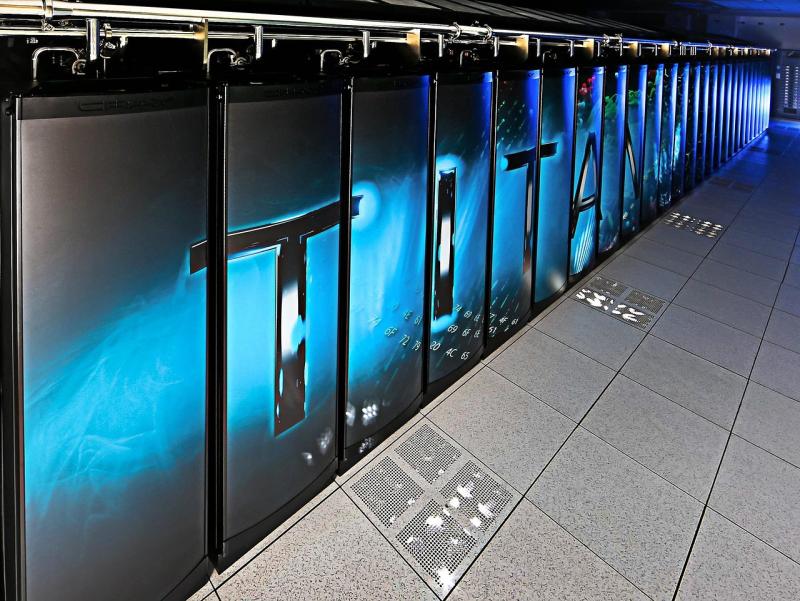**Introduction**
Printed circuit boards (PCBs) are the backbone of every PC, and nanotechnology is revolutionizing their manufacturing by dramatically increasing signal integrity and efficiency. Incorporating advanced nanomaterials enhances conductivity, reduces interference, and enables ultra‑compact designs essential for high‑performance and portable systems. This article examines how nanotechnology is reshaping PCB manufacturing and explores its benefits for improved system performance and reliability.
**Technological Innovations**
- **Nanocomposite Materials:**
Integration of carbon nanotubes and graphene layers into PCBs enhances electrical conductivity and reduces signal loss compared to traditional copper traces.
- **High‑Precision Lithography:**
Advanced nanofabrication techniques, including electron beam lithography, allow for extremely fine circuit patterns, increasing density without compromising performance.
- **Reduced Electromagnetic Interference (EMI):**
Nanomaterial coatings reduce EMI, leading to cleaner signal transmission and more stable operation in high‑frequency applications.
- **Self‑Repairing Nanotechnologies:**
Emerging self‑healing materials can automatically repair minor fractures or defects at the nanoscale, prolonging PCB lifespan and reliability.
**Applications and Benefits**
- **Ultra‑Compact Designs:**
Higher density circuits enable the production of smaller, more powerful devices, beneficial for high‑performance and portable systems.
- **Improved Signal Integrity:**
Enhanced conductivity and reduced interference result in superior performance for high‑speed data processing and communication.
- **Lower Energy Consumption:**
Efficient signal transmission reduces power losses, contributing to energy savings and cooler system operation.
- **Extended Reliability:**
Self‑repairing features and improved materials lead to longer-lasting PCBs, reducing the likelihood of hardware failures and maintenance needs.
**Future Directions**
Future PCB manufacturing will likely see further breakthroughs in nano‑engineering, with even higher precision techniques and novel composite materials that further boost performance. Integration with IoT sensors and AI‑driven diagnostics could enable real‑time monitoring and dynamic adjustments for optimal signal performance and thermal management.
**Keywords:** nanotechnology PCB, flexible PCB, carbon nanotubes, graphene in PCBs, high‑density circuit, low EMI, energy‑efficient PCB, self‑healing electronics, advanced PC manufacturing
Nanotechnology in PCB Manufacturing
Revolutionizing Signal Integrity and Efficiency
Related Articles
Essential High-Performance PC Components You Need Now
Upgrade your setup with the must-have parts for unbeatable gaming and productivity
Top Picks for Best High-Performance PCs
Find the perfect power machine for gaming, work, or creative projects
Your Guide to the Best High-Performance PCs
Find the Right PC for Your Gaming and Creative Needs
View our related products
See more






